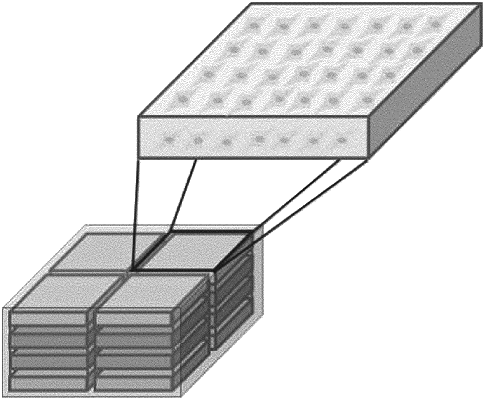| CPC C12M 21/08 (2013.01) [B29C 64/118 (2017.08); B33Y 10/00 (2014.12); B33Y 70/00 (2014.12); B33Y 80/00 (2014.12); C12N 5/0653 (2013.01); C12N 5/0654 (2013.01); C12N 5/0658 (2013.01); B29K 2067/046 (2013.01); B29K 2995/006 (2013.01); C12N 2506/1384 (2013.01); C12N 2513/00 (2013.01)] | 3 Claims |

|
1. A method for producing a cell culture plate for human organoid generation, the method comprising the steps of:
(a) fabricating a film by dissolving a mixture of polyactic acid (PLA) and polycaprolactone (PCL) in a volume equal to 1/10 of Dichloromethane (DCM) and adding a compatibilizer for improving interfacial adhesion to the mixture in an amount of about 3 wt % of the PCL;
(b) fabricating a fillet after drying the film at room temperature around 24 hours;
(c) fabricating a filament of the fillet with a filament extruder; and
(d) producing the cell culture plate using a 3D printer after feeding the filament into the 3D printer.
|